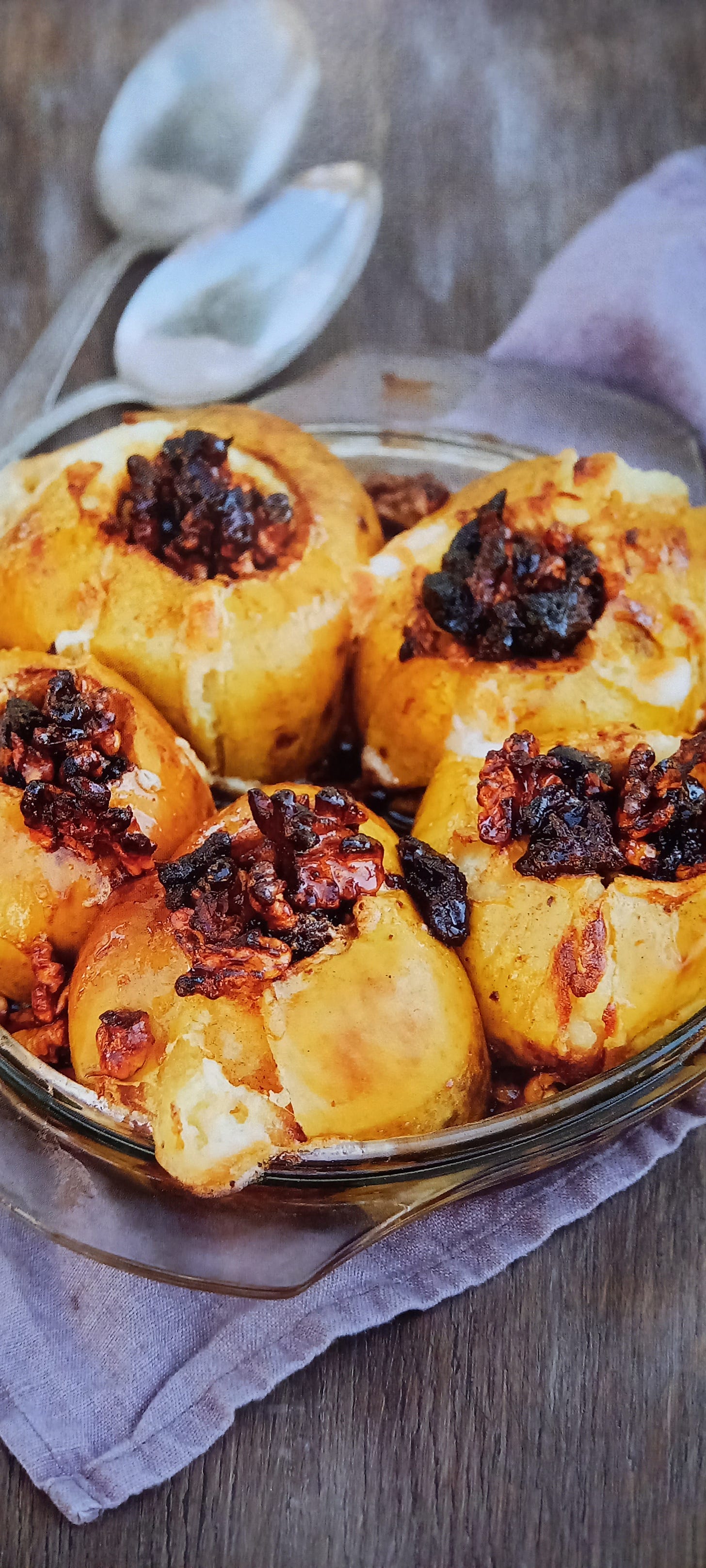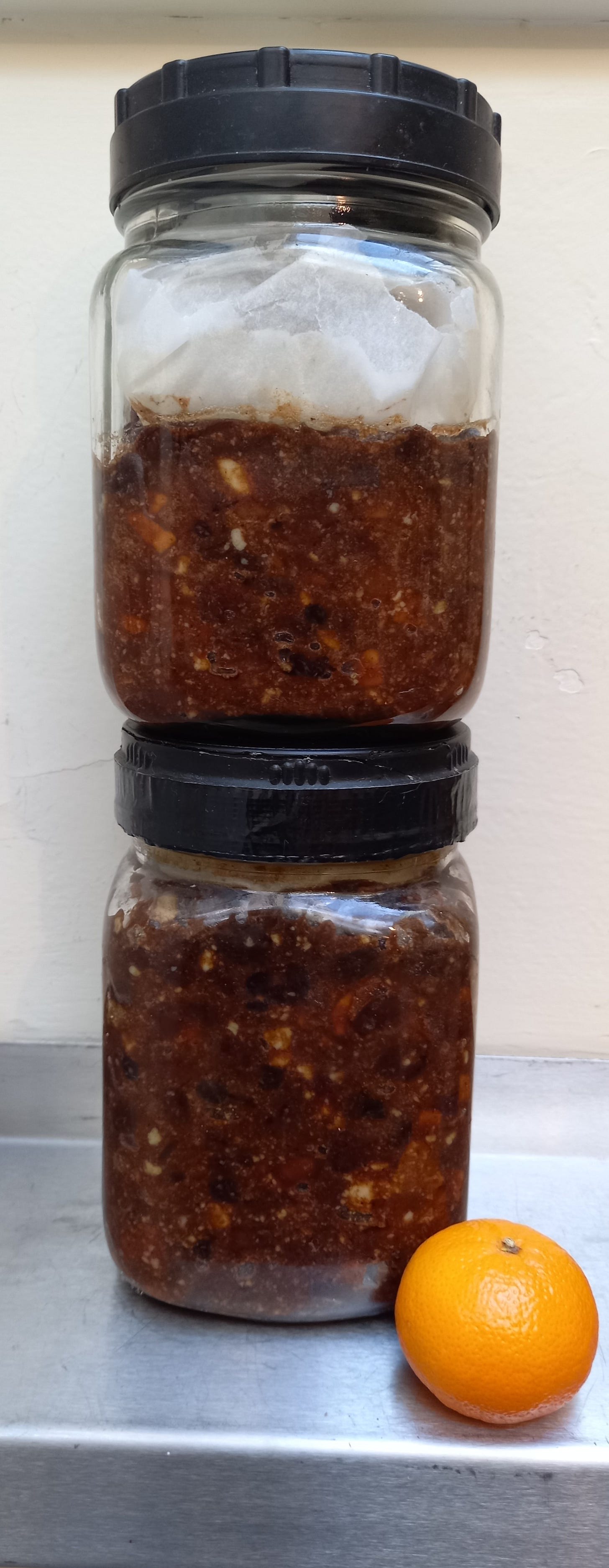Another gross British food tradition?
A recipe for Christmas Mincemeat and the best sweet pastry
One Christmas, living in Washington DC where I became infected by the American enthusiasm for extreme festive decoration, I set fire to the house. Twice.
I had, in the Martha Stewart way of things, laid branches of pine along one mantelpiece in the sitting room and along another in the dining room. In amongst them I had nestled several fireproof glass balls and hung others from gold-sprayed lichen-covered twigs.
Each one was set with a tealight, which I lit. The effect was so very ‘Shelter’ magazine, I should have had the photographers around at once. Instead, I had the firemen. The glass balls, contrary to their description, were not fireproof and had delicately exploded, a sound not to be heard by the raucous guests celebrating their about-to-be-served turkey feast.
When the firemen left with the flames extinguished and a lovely tracery of carbon smoke across the ceiling, we sat down to our meal. Then the glass balls in the sitting room next door exploded. I’d forgotten about them or I would have put their candles out. Fortunately, the firemen were still stumbling down the path in their massive buttercup-yellow fireproof jackets. So we called them back.
Mortified, I handed out the mince pies that had just come out of the oven, warm and clove-scented. The firemen looked suspicious. “And these are, what?” “Mince pies,” I said cheerfully. “Mincemeat. A traditional English Christmas dessert.” “Meat?” “Dried fruits.” “Meat and fruits?” Appalled, they left in a hurry without eating them.
Originally, mincemeat did contain meat. These days, however, the only meat connection is the suet - and even that can be readily replaced by vegetable suet or vegetable oil.
It’s a recipe that goes back as far as the 15th century, influenced in ingredients by the plunder of the spice trade routes. Clove, mace (the outer husk of a nutmeg), nutmeg itself and cinnamon were all used in meat dishes for their antimicrobial properties that preserved fresh meat through the winter. They have become the main source of flavourings in mincemeat which, once sugar began arriving in Britain in affordable quantities, moved mincemeat from a savoury into a sweet dish served for pudding. By the end of the 19th century, the meat chopped finely to a mince had disappeared from the recipe and the booze quotient was upped, along with the dried fruits.
It may seem depressingly early to be talking about Christmas. But if you have a mind to make mincemeat, you should do it now.
There really isn’t any commercial mincemeat that can compare with home-made. Even those who think the whole idea of mince pies quite revolting can be converted by home-made mincemeat. And mincemeat doesn’t have to be the exclusive preserve of the little Christmas pie. It’s good stuffed down the cavity left behind when an apple is cored for baking, with a handful of walnuts.
Make it in quantity, because the longer it is left to mature, the better it gets. This year’s Christmas jars were made in 2016. (Don’t gag - the quantity of whisky keeps it luxuriously preserved, though I’d say 5 years are about the limit before the mincemeat dries.) If you can’t get the exact dried fruits (at this time of year I’ve never found whole mixed peel), substitute others, such as dried prunes and apricots, fresh pith-free orange peel, all finely chopped, to make up the total quantity. But this quantity should last for 5 years before you have to make more.
These quantities make nearly 3 kg/6½ lbs. For less, just divide everything.
450g/generous 1lb apples (Golden Delicious are good) peeled, cored and finely chopped
225g/8oz suet or vegetable oil
350g/12oz raisins
225g/8oz sultanas
225g/8oz currants
225g/8oz whole mixed peel, finely chopped
350g/12oz soft dark brown sugar
Grated rind and juice of two lemons
Grated rind and juice of two oranges
50g/2oz slivered almonds (optional)
4 teaspoons mixed spice
½ teaspoon ground cinnamon
Half a nutmeg, grated
6 tablespoons brandy or whisky, or more if you’re me
Mix all the ingredients except for the alcohol with clean hands very thoroughly in a large ovenproof mixing bowl. Cover with a cloth and leave for 12 hours or overnight.
Pre-heat oven 120C/245F.
Place the mixture in the cool oven to prevent fermentation, for 3 hours.
Allow to get completely cold then stir in the brandy and spoon into sterilized dry jars. Cover with wax discs and shove into the back of a dark cupboard until this Christmas or others later, labelling them with the year’s date.
The very best possible pastry to use for mince pies is the following. It’s crisp and short without actually crumbling. Nor is it claggy like the pastry on most shop-bought mince pies.
Makes 2 dozen mince pies
285g/10oz plain flour
30g/1oz ground almonds
170g/6oz butter
85g/3oz caster sugar
Finely grated zest of one lemon
1 egg yolk
3 tablespoons milk
Sift the flour into a mixing basin and add the ground almonds. Add the butter, cut in small pieces, and rub evenly into the mixture. Add the sugar and grated lemon rind. Lightly mix the egg yolk and milk and stir into the dry ingredients. Mix to fairly firm dough, turn onto a lightly floured board and knead until smooth. Chill for 30 minutes before using.
Preheat oven 220C/400F.
Roll out on a floured surface to ⅛ inch/£1 coin thickness. Punch out circles with wine glass rim and a smaller one for the lid with a smaller glass. Butter a mince pie or tartelettes tin, set one round in the bottom, add a heaped teaspoon of mincemeat on top, cover with the smaller circle, brush with the egg yolk and milk wash and bake for 20 minutes until golden brown. Eat warm, alone or with brandy butter (or, if you come from the North of England or even if you don’t, with a slice of mature Cheddar cheese).








Julia, Have you considered re-creating a recipe for savory mincemeat, containing minced meat? I wonder if we would like the taste nowadays.
Ted Mann
This sounds as though it would be fun to make. I never had a recipe for mincemeat but I buy it in jars every year to make pie.